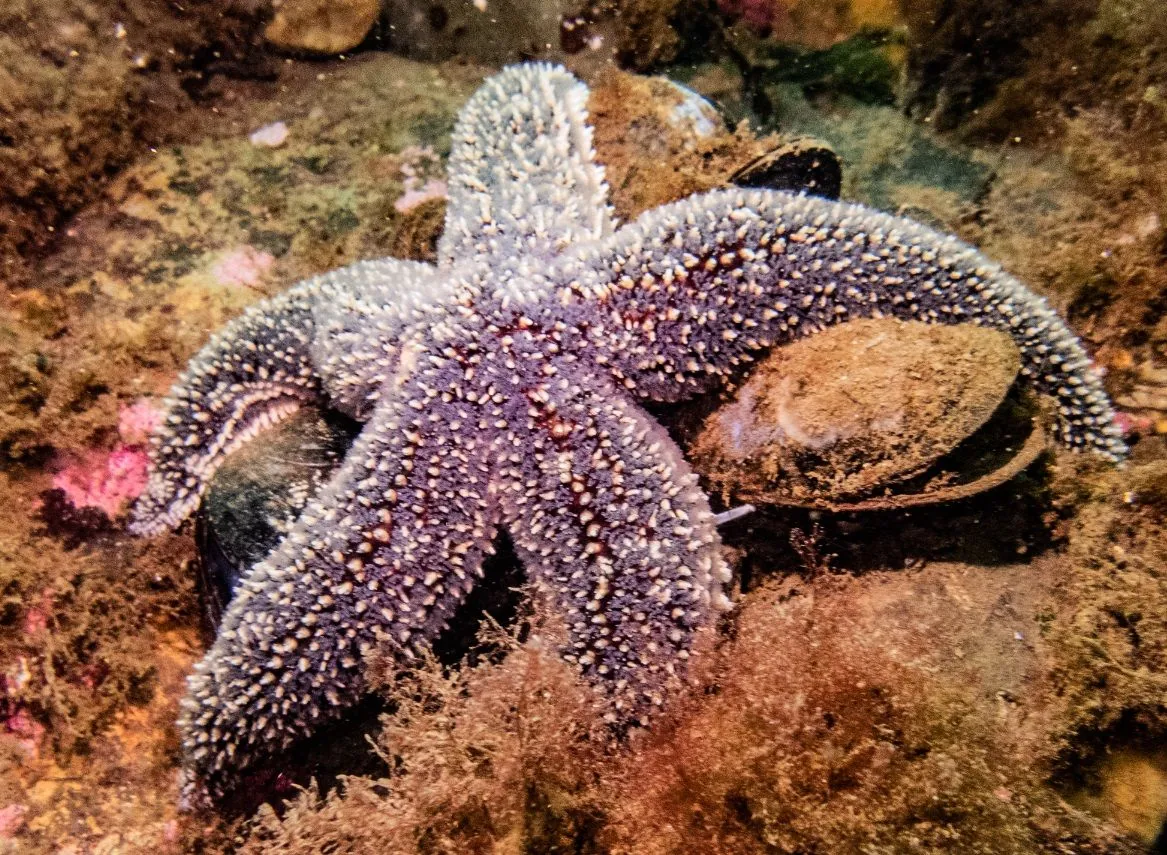Scientists find out why starfish shed body parts
Kyiv • UNN
Researchers have discovered a neurohormone that triggers the process of autotomy in starfish. This discovery may have important implications for regenerative medicine and the treatment of limb injuries.

Research by scientists at Queen Mary University of London or QM has revealed the mechanisms of autonomy, a discovery that explains how starfish manage to survive.
Writes UNN with reference to Phys.org.
Researchers at Queen Mary University of London have made a discovery about how starfish manage to survive predation. The ability is guided by autotomy, a defense response controlled by an unconditioned reflex.
HelpHelp
Autotomy is the ability of an animal to shed a part of its body to escape from predators. It is a well-known survival strategy in the animal kingdom.
Now a team of scientists has discovered how starfish achieve this extraordinary conservation feat. Researchers at Queen Mary University of London have identified the neurohormone responsible for triggering this self-amputation. The results of the study are published in the journal Current Biology.
When this neurohormone is released in response to stress, such as a predator attack, it stimulates the contraction of a special muscle at the base of the starfish's arm, causing it to detach.
However, the arm will recover over time. Starfish have incredible regenerative abilities that allow them to regenerate lost parts over time.

Ana Tinoco, a member of the London research team who now works at the University of Cadiz (Spain), notes that these discoveries shed light on the complex interaction of neurohormones and tissues that interfere with the autonomy of starfish.
While we have identified a key actor, it is likely that other factors contribute to this extraordinary ability
Important for medicine
According to the scientists, understanding the exact mechanisms of this process may have important implications for regenerative medicine and the development of new methods of treating limb injuries, the authors summarize.
This study not only reveals a fascinating aspect of starfish biology, but also opens the door to exploring the regenerative potential of other animals, including humans
Recall
World War II ghost ship changes ocean microbiology - study.
Scientists have made an amazing discoveryby analyzing the Shroud of Turin.